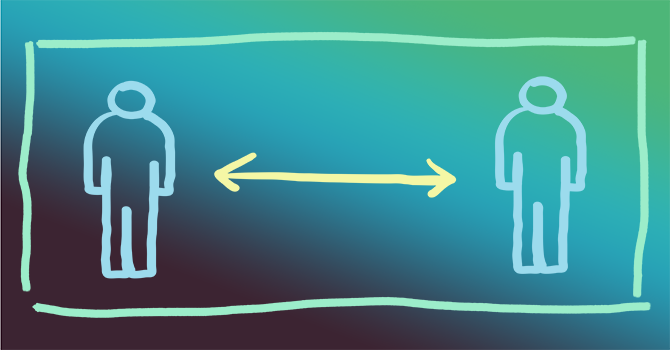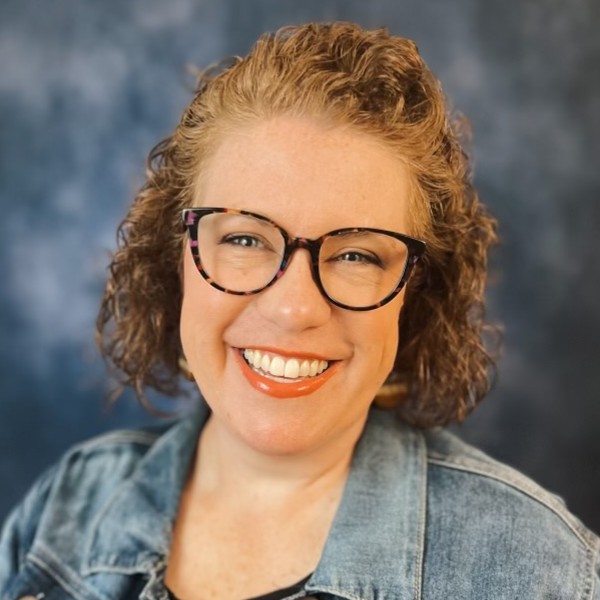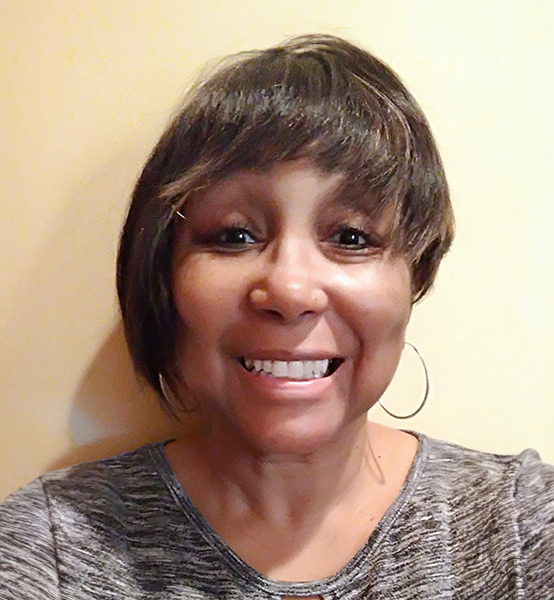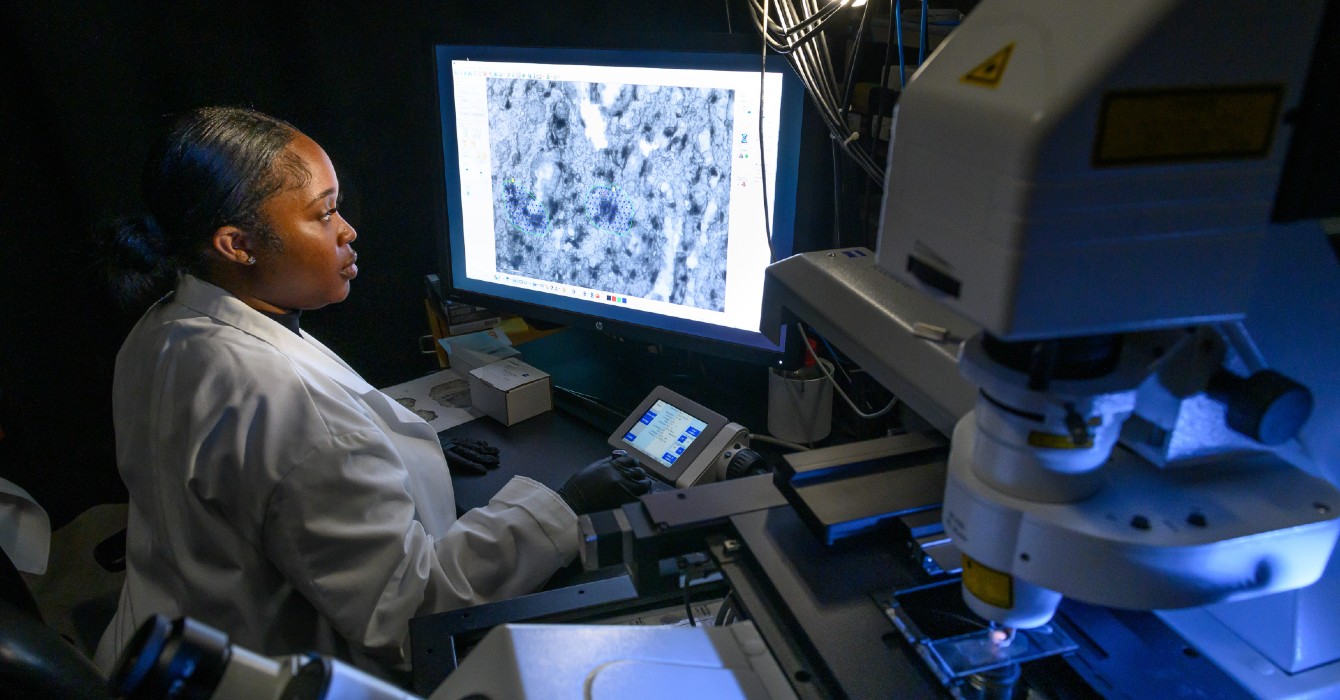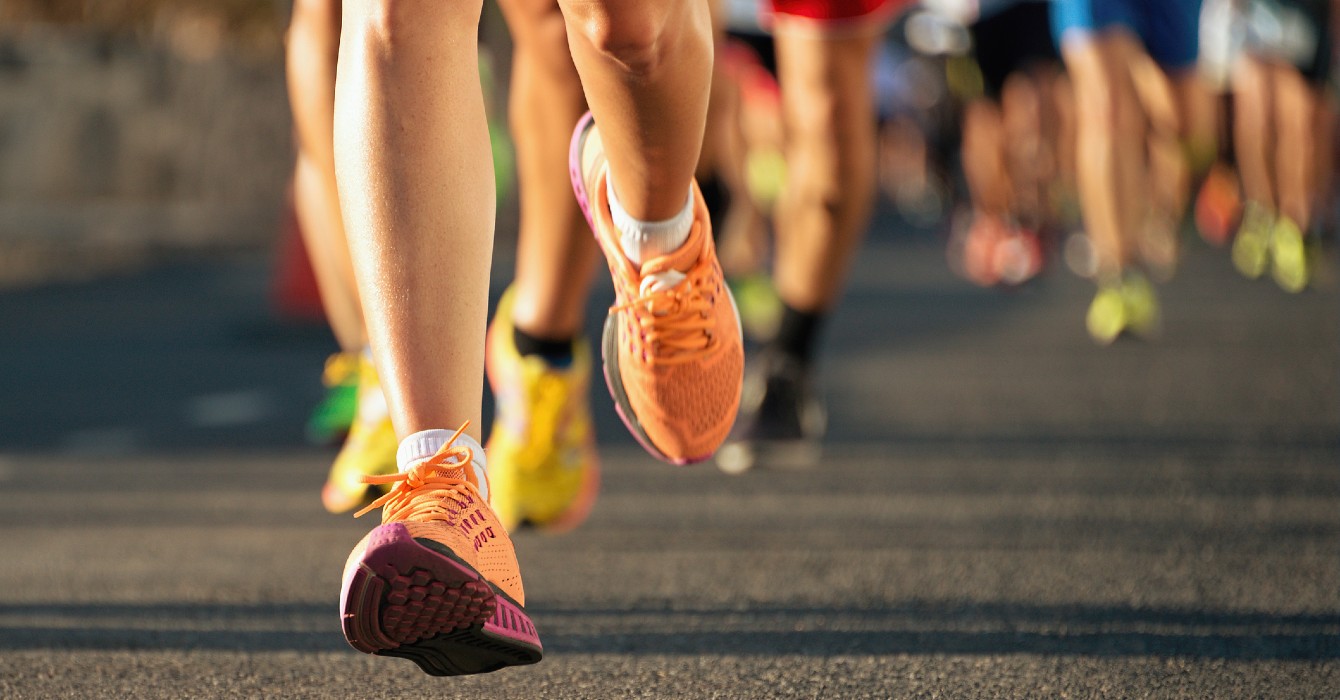Time moves differently in isolation. In normal life, practices -- routines -- are my way of marking time. I get up, shower, put on work clothes, dry my hair, do my makeup. I make the morning coffee, pray, read a chapter of a book, drive to work, open my email inbox -- and so begins the day.
But a pandemic brings all these usual practices to a standstill. I get up. I make coffee. Maybe I change into real clothes; maybe I don’t. If I remember -- usually, about halfway through the day -- I do my daily devotional. I pray; I plead.
I worry about whether my industry will survive the economic crash and try to figure out how to help sustain those whose livelihoods have already been a casualty. I worry about my family, miles away, about friends who fear they’re becoming sick, about whether I’m doing enough, about whether I’m doing too much. My practices have, of necessity, slipped by the wayside as our normal life has been collectively upended.
That’s why the plea to “practice social distancing” rang so odd to my ear at first. Why is it that we’ve all decided that we’re “practicing” social distancing? Why aren’t we just, you know, social distancing? In my mind, “practice” speaks of routine, of prayer, of meditation. Spiritual practices are intentional acts whose rewards might not be tangible or immediately apparent but whose patient, consistent observance eventually produces change.
So maybe “practice” is the right word for our distancing after all. For the practice of social distancing, we must be intentional, and we must believe that the change that results saves lives.
It’s been helpful to me to think of social distancing, self-isolation and quarantining as a type of prayer. For me, following the guidelines set by authorities and health professionals in this crisis has become a practice of love, solidarity and relationship building.
The practice of social distancing makes me constantly aware of how I am living as part of Christ’s body in the world, of how I am making the world a better place for all those who inhabit it. What is it that they need from me? How am I loving them? Could I be loving them better by staying home from the park or by moving my cart to clear the aisle? Could I be loving my neighbor better by calling her on Zoom instead of meeting her at the coffee shop?
There is no fear in love -- indeed, we are told, perfect love drives out fear. Reimagining social distancing and isolation as a practice of love, not an action driven by fear, has opened my mind to what this new, temporary way of doing community might look like. I am grateful that if we have to go through this season, we are going through it during the period of Lent.
For me, and I know for other Christians, this season when we are being encouraged, even ordered not to seek out our in-person communities makes us question what our place in the world is.
How do we love in a time of separation, knowing that God made his home in the world here, among us, in human flesh? How are we to be God’s hands and feet in the world if we must stay 6 feet away from our neighbor? If we cannot touch the wounds in Jesus’ side -- if we cannot even share in his Last Supper together as Easter approaches -- how can we be sure that he moves among us at all?
Yet as we begin to mourn Christ’s death and await his resurrection, Lent prepares us for a time of just such uncertainty and sorrow. It prepares us for a time in which we must believe in God’s goodness without seeing or touching.
We may not ever know the impact of our practice -- the nurse who will be able to go home to his children, unquarantined, because we did not infect someone, the grocery store clerk who will have one less potential carrier to worry about because we stayed home.
This, at least, is what I must believe, even though I will never fully see it. But such is the nature of our spiritual practices.
Considering social distancing and all its iterations a practice of love has also made me more conscious of what I do with my time spent apart. This isn’t to say that I feel pressured to be “productive” in the way that capitalist infrastructures might demand efficiency.
Instead, I’ve tried to be intentional about spending time that might usually be whiled away chatting in the office or hanging out with friends now checking in on those very same people. I’ve gotten to know all the mutual aid funds and virtual tip jars and done what I can to supplement them. I’ve called my parents more often and video called college friends I’d lost track of.
I’ve tried to build as many connections as I can between my communities near and far, imagining what solidarity and lovingkindness look like in a virtual world that layers itself over the physical one.
This, to me, is what the practice of social distancing looks like -- a practice we’re all learning and hoping and believing will protect each other.

